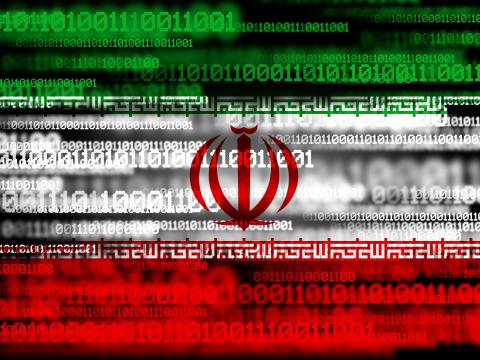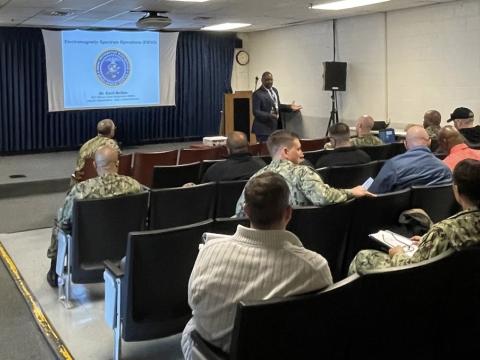Variety Spices Up Test of Technologies
Initial reports about the Coalition Warrior Interoperability Demonstration (CWID) in June indicate that the complex mix of technologies and talents will lead to the innovative tools warfighters crave. At facilities located in the
Capt. Kirk Hornburg, USN, commanding general of the combined task force for CWID, emphasizes that the demonstration focused on the operational level rather than the strategic or conceptual levels of technology. This approach was particularly interesting as forces from different countries started working together, Capt. Hornburg relates. For example, in his role as commanding general, the captain chose a U.K. Royal Navy lieutenant commander as his C-3, in charge of operations. “He was actually ideal because he has been doing assessments of C2 [command and control] systems here in the
This year’s land scenario involved how to share information about a missile launch as well as sharing information about improvised explosive devices faster. On the water, the CWID situation entailed boarding a ship and investigating the cargo. In the air, CWID participants examined how to use current systems in new ways, Capt. Hornburg relates. Homeland security and homeland defense challenges also were addressed, he adds.
More than 40 capabilities at different stages of development were explored through the CWID scenario. While some of them are brand new, improvements to older versions of systems also were tested to determine if an upgrade would bring true value to operations. According to Capt. Donald Neubert, USN, network operations and senior management group chairman for CWID, assessments and data about the trials will be published online and accessible through a portal. “Instead of just a nice glossy report a couple weeks after execution, we're going to have a Web site that—through a portal—you can go to that's available 12 months of the year,” Capt. Neubert says. This approach will facilitate acquisition, he predicts.
Although it is too early to determine which technology will move forward and which offers little value, Capt. Hornburg shares that a few solutions investigated during CWID were extremely interesting. For example, the Classification Stateless, Trusted Environment (CSTE), developed by the U.S. Special Operations Command, provides a cyberstructure across the fixed, fixed/mobile and mobile arenas with no inherent classification state; all data objects are protected directly. At first, CWID participants did not see any added value in the solution. However, after working with it during the trials for a few days, Capt. Hornburg found that it could genuinely be a disruptive technology. “What was really going on was the security control underneath,” he offers.
U.S. Joint Forces Command (JFCOM) was the host site for this year’s CWID, and it is scheduled to be the host again in 2010. This was the first time that Capt. Hornburg participated in a CWID, but he states that the JFCOM CWID site was the most prepared he had ever walked into based on his experience with other experiments and exercises.
And he has a message for organizations that plan to participate in demonstrations in the future: “Bring your A game.” He found a distinct difference between those developers who put a great deal of energy into preparing for the event and those that “just showed up.” Those that invested their time performed very well, while the others struggled. CWID is an astounding opportunity for companies, and they should properly plan prior to the event to take full advantage of it, Capt. Hornburg advises.
Additional coverage of Coalition Warrior Interoperability Demonstration 2009 will be available in the September issue of SIGNAL Magazine, in the mail to members and subscribers on September 1, 2009.




Comments